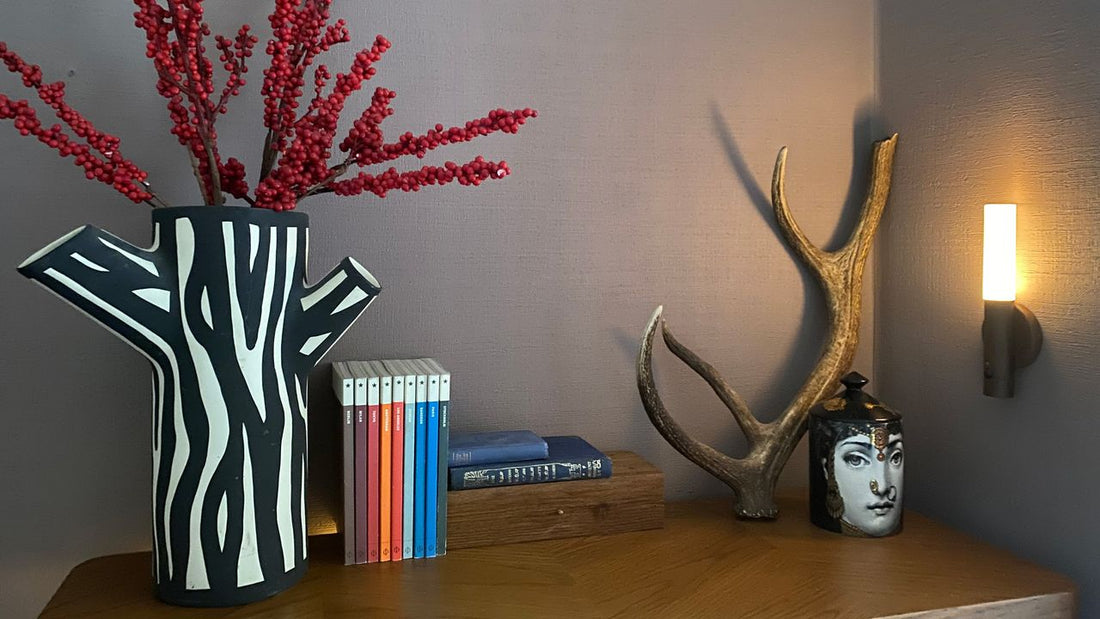Rechargeable wall lights have a built-in battery that stores energy to power the bulb when turned on. This allows for mood lighting without turning on your main electrical lighting circuits.
This battery-operated picture light would add some interest to a gallery wall. I like how simple and sleek it looks compared to other battery-operated options.
Rechargeable Light Bulbs
Rechargeable wall light provide lighting options that offer convenience, flexibility, and eco-friendliness. They offer benefits such as lower electricity costs, less waste, and longer lifespans than traditional bulbs. These bulbs can also be used as battery backup bulbs during power outages, allowing homeowners to continue to receive illumination and maintain a sense of normalcy in their homes.
Unlike traditional incandescent bulbs, rechargeable bulbs use LED technology to emit light. These bulbs are highly energy efficient and only convert a small percentage of the energy they consume into heat. This means that they require much less energy than traditional bulbs, which in turn results in reduced electricity bills for homeowners. Additionally, rechargeable light bulbs are environmentally friendly because they can be reused or recycled instead of being thrown away when they are no longer useful.
Homeowners who are interested in using rechargeable light bulbs should look for ones that have a long battery life and low charging time. They may also want to consider brightness level and colour temperature when choosing a bulb. Many of these bulbs are available in different colours, with some even offering dimming capabilities.
Rechargeable bulbs can also be used to add lighting to decorative pieces in a home. They can be attached to the outside of a vase, used as an element in a centerpiece, or placed inside an arrangement of spheres for a unique lighting feature that doesn’t need to be plugged in.
Lower Brightness Levels Compared to Traditional Lighting Options
Traditional lighting options typically use higher wattages and lumens, which results in more brightness. This can be beneficial for some settings, depending on the purpose of the lighting. For example, you might want brighter light for work spaces and reading areas while using softer lighting for decorative purposes.
Another advantage of rechargeable lights is that they offer lower brightness levels than traditional options. This can be more comfortable for your eyes and can create a more relaxing ambiance. Many rechargeable lights also have a variety of features, such as timers and dimmers, which can save energy by automatically turning the lights off or dimming them when you're not in the room.
This battery-powered wall light makes it easy to create the perfect ambiance. The touch control design allows you to adjust the lighting with just one simple press, and it will remember your preferred brightness setting for next time. The lightweight and portable design makes it easy to use anywhere in the house. It can be used as a nightlight, closet light, or decorative wall art.
Convenience and Flexibility
As an easy DIY project, it's no wonder that battery-powered wall lamps have become a major hit on social media. Simply searching 'wireless wall light' on TikTok or Instagram will reveal the latest and greatest home decor trend, with many influencers and content creators showing off their DIY skills by creating stylish cordless sconces to illuminate their homes.
The beauty of these cordless models is that they eliminate the hassle of installing traditional lights, which usually requires a complicated and invasive process of running electrical wires behind walls or through ceilings. Instead, users can simply attach the sconce to the wall using an included set of sticky pads or expansion screws, then plug the lamp in at the base for simple and efficient lighting.
In addition, motion sensor night light are also incredibly versatile and flexible in terms of how they can be used. They're perfect for highlighting artwork on the wall, as reading lamps beside beds, or for creating warm and cosy ambiance in living spaces. Some even offer dimming functionality and memory functions to make your lighting experience as user-friendly as possible.
Plus, many USB rechargeable wall lights prioritise sustainability and eco-friendly illumination. They utilise energy-efficient LED bulbs that reduce your energy consumption and lower your carbon footprint. Plus, they can be easily recharged using a standard USB cable, so you can power them whenever you need to.
Cost
Rechargeable light bulbs can be more expensive than hard-wired options, especially if you have a lot of them in your home. However, these are a good option to consider if you want to have more lighting options in your home. You can also take them with you when you travel, and they work well as emergency lighting for homes and businesses.
The lights' lithium-ion batteries allow you to use them as a replacement for permanently wired fixtures in areas where it may be difficult or impractical to install wired sconces. Some models feature remote control with countdown timer functionality that lets you choose when you'd like the sconce to switch off or dim. The sconces can also be charged by plugging them into a portable power station or other external battery sources.
FAQs
1. Can you get wall lights without wiring?
Adding new circuits is not a task that beginner homeowners should take on alone. It requires careful attention to detail and can cause serious injuries if not completed correctly. Turn off the breaker that supplies the existing ceiling light(s). Read and follow directions in the packaging for your new fixture.
2. How long do rechargeable wall lights last?
Rechargeable LED wall lights are a simple, low-cost solution to lighting your home. Unlike traditional bulbs, these battery-powered wall lamps come with a remote control included and take only 4 hours to recharge. They also have a 3-step touch dim feature for that cosy night in feel.
3. Are rechargeable lights worth it?
Battery wall lights add lighting to a space without rewiring an existing lamp, making them great for renters or for those who want to create mood lighting in areas that would be difficult or costly to run power to. They also come in a variety of design aesthetics to fit any decor.
4. What are the disadvantages of rechargeable bulbs?
Battery-powered lights are a great option for decorating any space. They are energy efficient and ecological, not to mention safer than traditional plug-in bulbs.
Battery-operated lamps have an upfront investment and require recharging cycles. However, their long-term savings in electricity bills and replacement costs offset the initial cost. Proper usage and maintenance practices—such as adjusting light settings for efficiency and avoiding extreme conditions—can also prolong battery life.
5. How do rechargeable lights work?
Rechargeable LED bulbs function like traditional lamps, lighting spaces with the flick of a switch. However, they contain embedded batteries that act as electricity reservoirs to power the bulbs during periods of disconnect from a power source.
6. How do you know when a rechargeable lamp is fully charged?
Most battery-powered LED lights come with indications to help you monitor charging progress. You should also keep in mind that using rechargeable bulbs with an incompatible charger or storing them in extreme temperatures can negatively affect battery performance and longevity.


















































